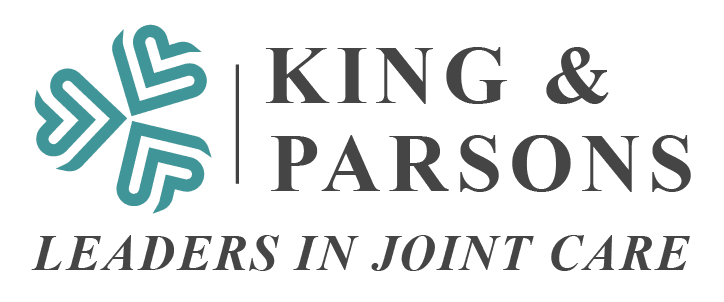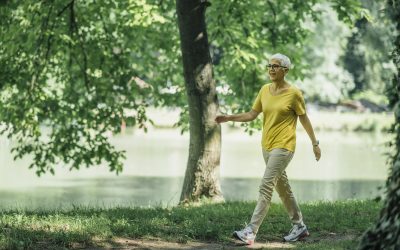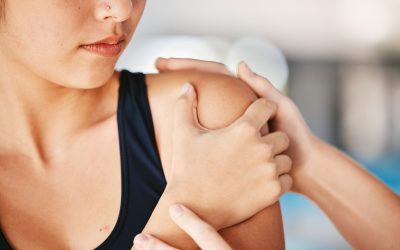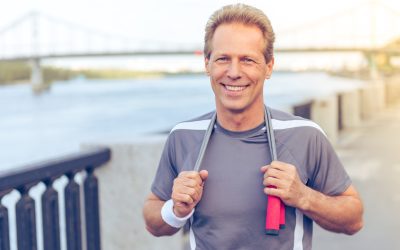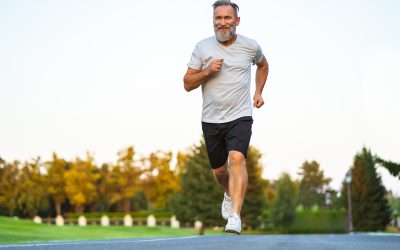Rapid recovery is like a recipe. A great food dish requires the right ingredients in the right proportions. Take away one things or add too much of another thing and it doesn’t work. While joint replacement surgery if a complex process, the elements that lead to quick and successful healing are well established. Coordinating these elements so the patients can seamlessly transition through the steps is critical and takes experience and resources. The AVATAR: A rapid-recovery program after joint replacement takes all of these things into account for the best possible outcome.
So what are the vital assets?
1. Modern Pain Management Techniques: Perhaps the biggest step forward in joint replacement is not the techniques or technology of the surgery and implant but improved pain management. We use a short acting spinal anesthetic which lets people wake up quickly with minimal grogginess and none of the side effects of general anesthesia. Patients get a regional nerve block which provides substantial pain reduction for the first 18 hours. And we use Exparel, a time release local anesthetic which continues the pain relief for 72 hours.
2. Multimodal analgesia: combinations of medications can work synergistically to keep you comfortable after joint replacement. Minimizing the use of strong narcotics reduces side effects like nausea, constipation, and sedation. Using scheduled Tylenol, anti-inflammatory medications and Tramadol and taking them at regular intervals can provide substantial comfort.
3. Immediate Full Range of Motion: starting immediate range of motion through a full range is key to prevent scar tissue formation. We use a continuous passive motion machine which provides 16 hours/day motion and helps to reduce stiffness and swelling. We also get people out of bed early after surgery and start immediate weight-bearing to the muscles activating quickly.
4. Selected physical therapy: there can be a substantial difference between an average physical therapist and an excellent physical therapist. We have certain physical therapists that we recommend who know what our expectations are for patients who have undergone joint replacement. We have selected these practitioners based on the results they achieve with our patients.
5. Prehabilitation: starting exercise before surgery to improve range of motion and strength makes a difference in terms of reducing the deficit that patients have to overcome after surgery. We like to get patients engaged in their own fitness on the front end as it improves motivation on the back end.
6. Optimization: the more you can get yourself in health shape before surgery the better. Medical conditions such as heart and lung issues need to be in good control in advance of surgery so that the body can better handle surgical stress. Issues like diabetes need to be in good control. Weight reduction before surgery can also make a big difference in people’s overall health status.
7. Hydration and Nutrition: in order to resist the surgical stress response that occurs during joint replacement, you need to be well nourished and well hydrated. This needs to continue postoperatively to promote optimal healing. Carboloading before the surgery provides energy stores to consume as the body deals with surgical stress.
These are just some of the vital steps that we employ in our rapid recovery program. With a well-coordinated program like AVATAR: A rapid-recovery program after joint replacement, the time course of recovery can be substantially shortened with improved outcomes and better patient satisfaction.
Learn more about our A.V.A.T.A.R program here!
See what our past A.V.A.T.A.R patients are saying about the program. https://www.youtube.com/@kingandparsons
